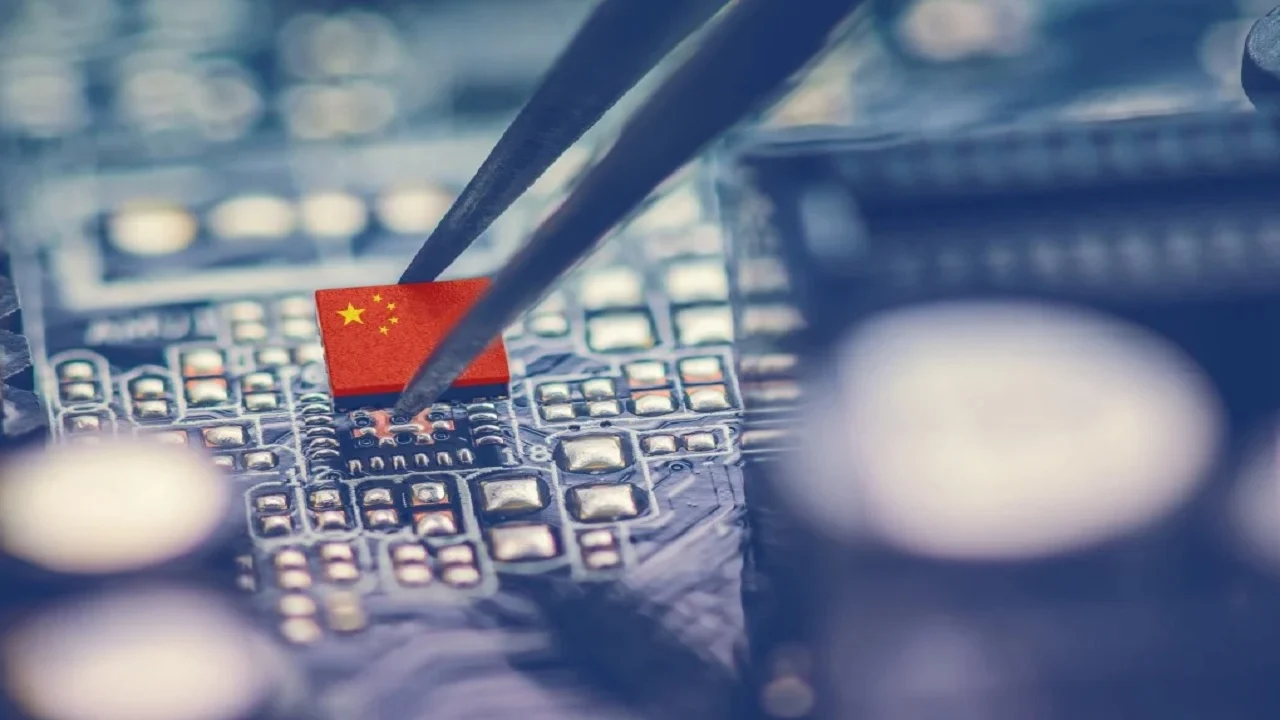Apple’s transition to Micro LED technology for its Apple Watch series might encounter delays until after 2027 due to difficulties in solidifying the supply chain for essential components. This upgrade aims to substitute OLED displays in Apple Watch models, promising enhanced lifespan, brightness, and efficiency.
Initial reports last year suggested that Apple could introduce Micro LED technology in its Apple Watches by the end of 2024. However, projections have been pushed back, with the expected timeline for this transition now set for no sooner than the first quarter of 2026, according to market research firm TrendForce.
The primary obstacle in Apple’s move to Micro LED technology is the high production costs and lower yield rates. Manufacturing a Micro LED display for the Apple Watch could cost as much as $150, compared to the current $38 cost for OLED displays. This substantial cost difference raises concerns about the retail pricing of future Micro LED Apple Watches, potentially positioning them at a much higher price point compared to current models and even OLED iPhones.
READ MORE: YouTube Introduces Color-Coded Video Feeds as Its Latest Experiment
Despite these challenges, Apple’s interest in Micro LED technology is fueled by its advantages over OLED, including the potential for enhanced display quality on smaller screens. With a feasible pixel density range of 300-400 PPI, Micro LED offers a suitable upgrade path for the wearable device.
Apple is reportedly collaborating with various suppliers to address these obstacles, including Epistar and Osram for wafer and chip production, LuxVue for backplane technology, and LG Display and ITRI for additional componentry. However, without a finalized supply chain, the path to mass production remains uncertain.
As the industry observes Apple’s endeavors to innovate within its wearable lineup, the potential shift to Micro LED technology represents a significant investment in the future of smartwatch displays. Nevertheless, with production costs and supply chain complexities posing significant challenges, consumers may have to wait longer than anticipated for the next big leap in Apple Watch technology.




